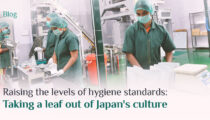How do we Taste our Teas? by Abhijit Ghosh, Director at A.Tosh & Sons
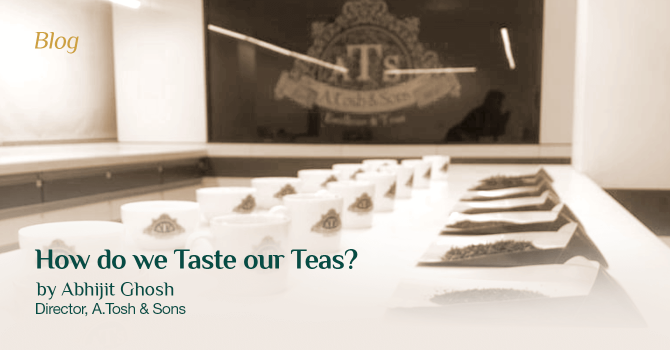
Tasting Tea is an age-old art. The real difference comes from how you taste it – not from what you taste. Taking time to properly taste a cup of tea allows you the scope to unravel all the different flavours, to differentiate between a good and a fine brew.
Tea Masters use standard cupping procedures where measurements determine the amount of leaf, the temperature of the water, and infusion time. The popular ‘slurp and sip’ method involves slurping tea from a spoon and spitting the tea instead of swallowing it. Across cultures, the rules to assess the flavour are different. But colour, brew, taste, and leaf are the key consistent elements that help discover the nuances of tea in the tea-tasting process.
The hint of quality comes from the appearance of the tea leaves. Full leaves are better than broken leaves. A high number of golden tips or buds indicates superior quality. A good quality loose tea must be crunchy in texture instead of sticky as it has not absorbed moisture from the surrounding air. Moreover, the tea taster understands the texture of the leaves he is looking for to prepare the desired blend.
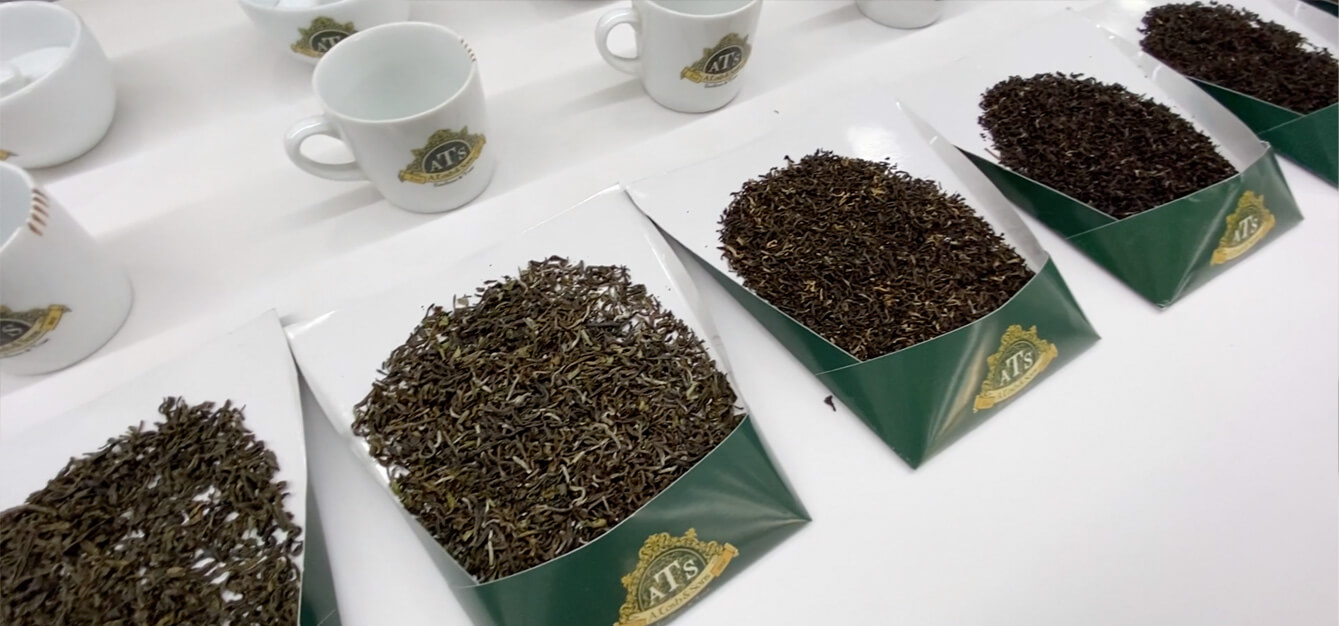
Different types of teas require varying quantities of tea, different brewing times, and variable brewing temperatures. Black tea and herbal teas require boiling water to extract the components of the leaf to make a rich flavoured brew. The more delicate oriental teas require near-to-boiling water because it can scorch the tea leaf and make the brew taste bitter.
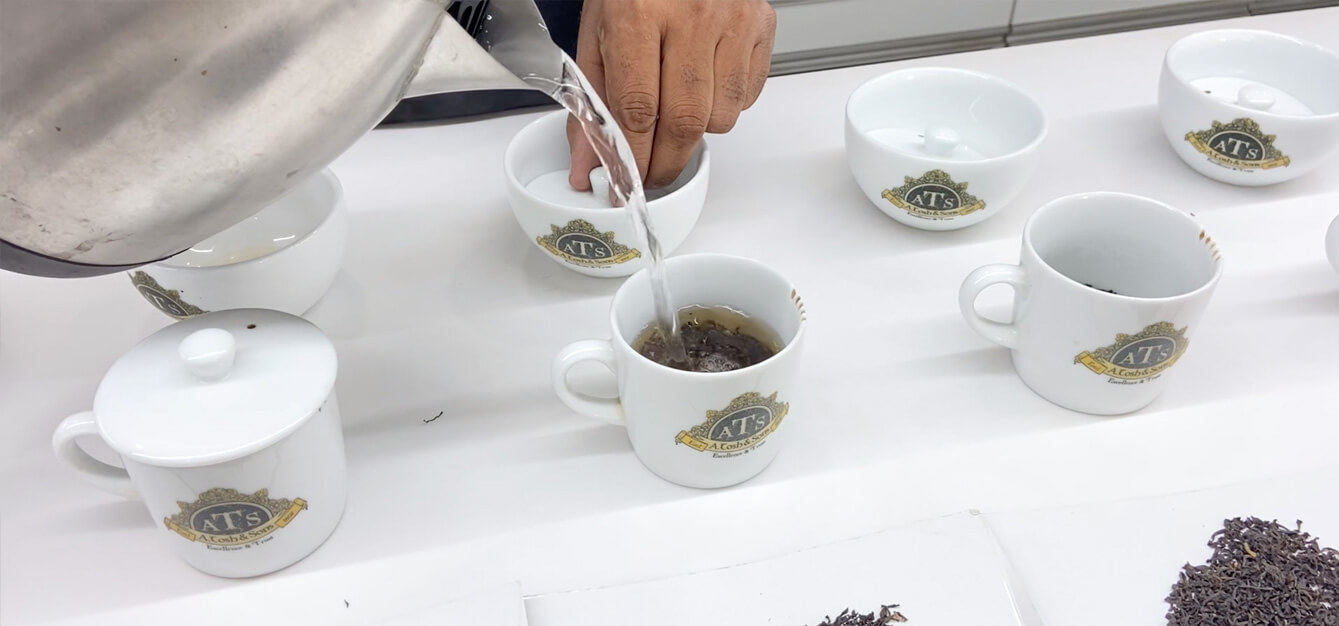
A white teacup makes it easier to assess the appearance of the brew. What matters is the colour, appearance, and clarity of the brew. A darker brew indicates a fuller flavour while murkiness may indicate a lower quality tea. A close examination reveals if it is made from tea buds only, leaves only, or a proportionate mix of buds and leaves. You can find out whether the leaves are broken after they are brewed.
Smelling the dried leaves first is a great way to begin understanding what flavours and aromas you will find in the tea cup. The aroma of tea is important just like its flavour. Fully appreciating the aroma of the tea adds a new dimension to tea tasting. Use a narrow cup, close your eyes, and breathe in the scent of dried leaves to smell the brew better.
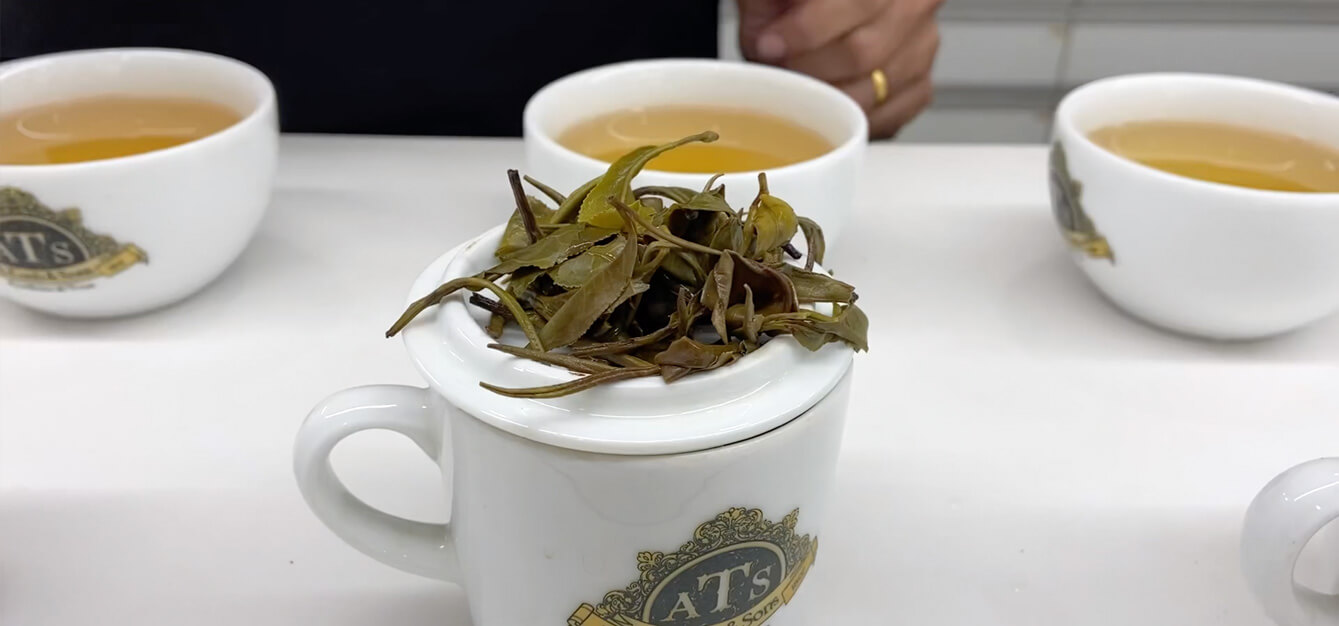
Slurp and get the full taste of the tea. Breathe in and breathe out through the nose while holding the liquor in the mouth. Once you have slurped the tea, roll it over your tongue in a swishing motion to activate the flavours. While the taste buds on your tongue allow you to taste the flavour of the liquor, breathing out will draw the scent of the liquor into your throat, spreading a fine mist of tea all over. This gives a much better appreciation for the full flavour profile of the tea.
There can be multiple complex layers of flavours – the head note, the body note, and the after taste. The headnote is the initial fleeting impression you immediately perceive. The body note is the overall lasting impression and character you get when the liquor is held in the mouth. The tail notes refer to the subtle after taste that lingers long on the palate and stays with you after the tea has been swallowed.
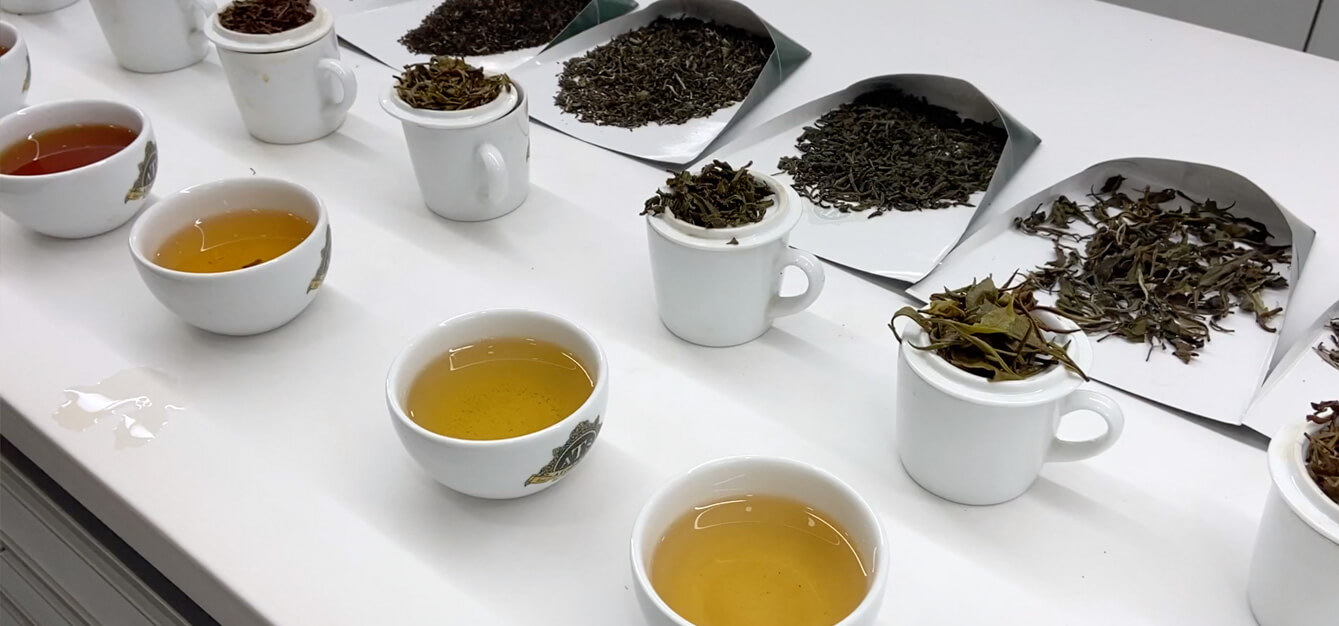
‘Mouth-feel’ is a key part of the tea tasting process. It is the connection between taste and smell that makes you want to taste the tea again. After you have sipped the tea, it is important to observe different sensations in the mouth, to find out whether it feels dry, moist, or coated.
Tea drinkers report different teas to have different mental and physical effects on them. People associate the tea leaf with mental clarity, physical energy, and a sense of calmness to reduce stress, anxiety, and insomnia. Tea boosts mental alertness and provides energy.
At A.Tosh, our professional tea tasters – who blend and craft your favourites – have spent years building their tasting vocabulary. The hygienically designed Tea Tasting Room at Tosh House, Kolkata, is an eclectic blend of modernism and age-old knowledge and has been helping us in selecting the finest of teas from across the globe.
In our eventful journey of over a century, the impeccable art and passion of master Tea Tasters have helped us select the best Teas for our customers worldwide.

